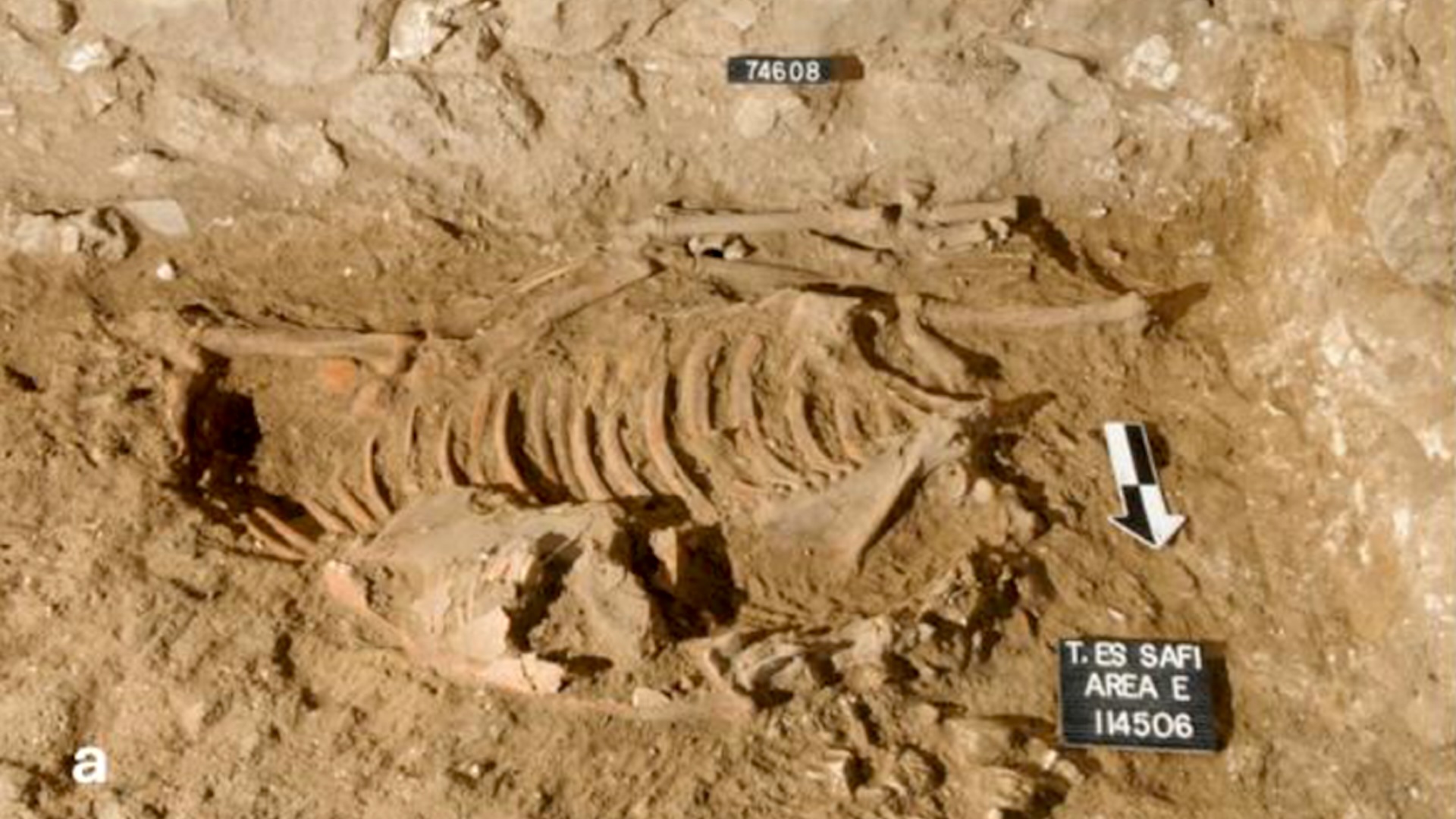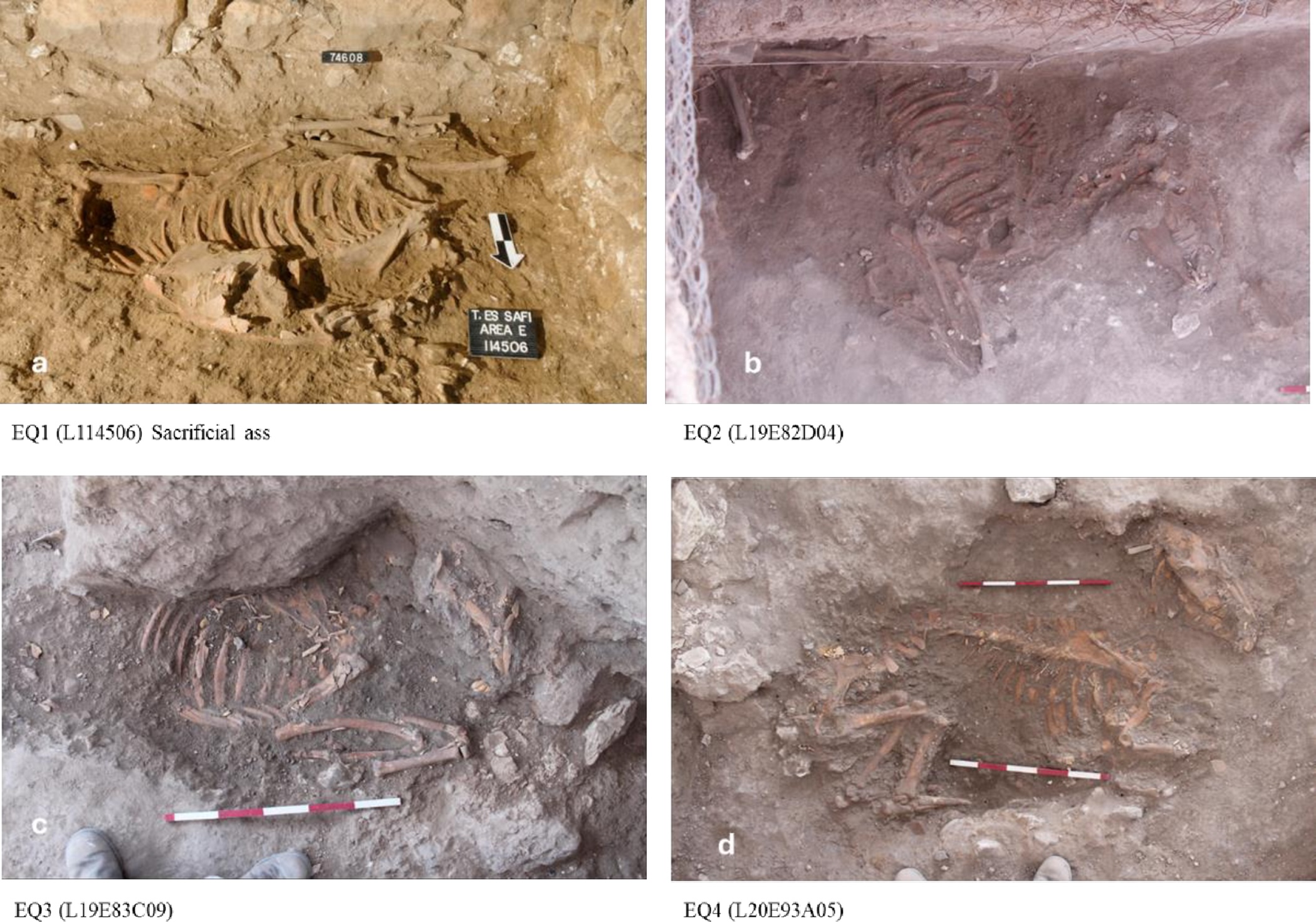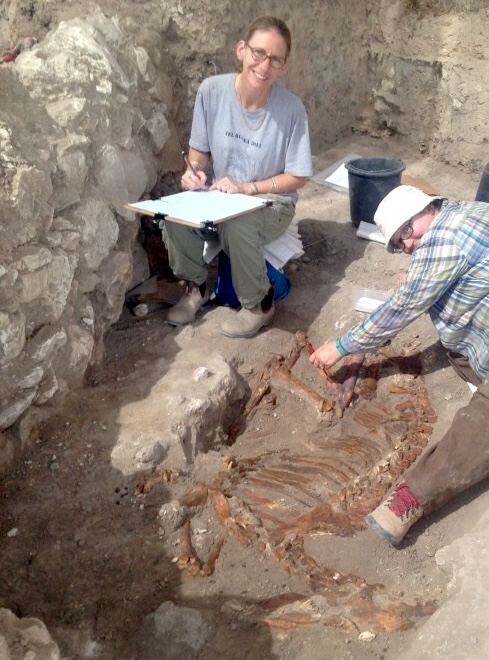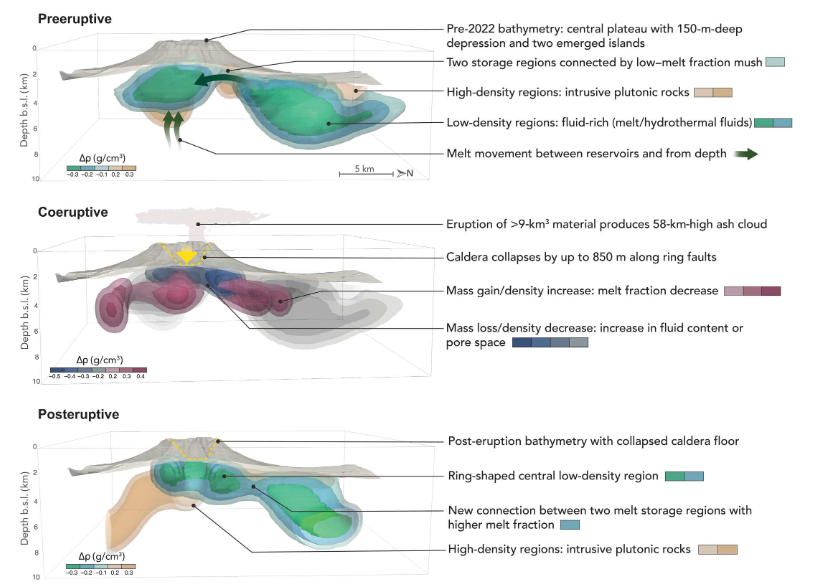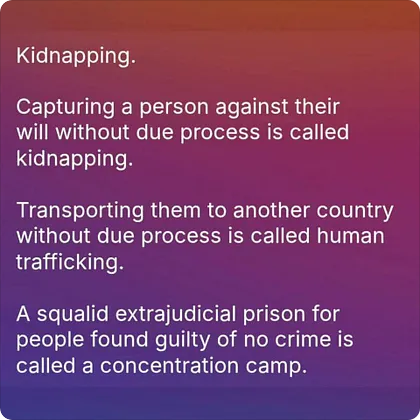https://www.preciousplastic.com/
"Working" Class vs "Middle" Class is a Lie - an Invention of the Parasite Class
We are all workers... except the idle rentiers.
The terms 'working' and 'middle class' are outdated, and completely useless, in the 21s t century. I honestly think they were never truly accurate.
The only 2 real classes are "Makers" and "Takers" (we can also include "fakers" - those who fruitlessly aspire to become Takers, members of the thieving elite, and act as their accomplices, apologists, bootlickers and henchmen, even while getting as screwed over by them as the rest of us)
99% of people are 'Makers'. This includes all blue collar and white collar workers, and every active parent (you'll find that most Takers actually hive off their parenting responsibilities - i.e. domestic work - to au pairs, boarding schools etc.) Doctors and nurses, plumbers and architects, teachers and builders, van drivers, architects, electricians, refuse collectors and baristas - we are ALL doing or making something for the betterment of the community, the country, the world.
1% of people are Takers - idle rentiers, portfolio landlords, shareholders - people who provide no service whatsoever, and who could literally sit on their arse doing nothing for an entire year, and still accrue more wealth than people slogging away 60 hours a week. The Takers have, through a combination of inheritance, deviousness, and cronyism, inserted themselves as middlemen and between the natural co-operative interactions of the vast majority of human beings, and as rent-extractors of resources which were once used for the public good
Splitting the Making Class up into "working" and "Middle" is a tool of the Taking Class, promoted by both liberal and conservative establishment media. There is no difference between us - we all put in a shift to bring home what we need for ourselves, our families, and our communities. The Taker's are terrified that one day, blue collar and white collar workers will realise that they are in the same boat, and that boat has a hole in the bottom drilled by the Takers.
This is the same Taker-owned media which pits 'native' worker against 'migrant' worker, public worker against private, northern worker against southern worker, straight worker against LGBT worker, white worker against black worker, 'woke' against 'anti-woke' worker.... They need these divisions because they understand their own class interests (after all, they have all the time in the world to sit around mulling their privilege over, and scheming how to increase it). The taking class don't hate each other. Game recognises game, and across the world, Christisan, Hindu, Atheist, Muslim and Jewish Takers are best of friends, in complete kahoots, co-operating to keep their respective Makers downtrodden.
The reason we seem to be at each others throats is because the parasite-owned media has convinced us that minute differences of lifestyle are worth fighting over. They are not. The parasite class, the takers, have put an extraordinary amount of their stolen resources into convincing "middle" class people that "working" class workers are boorish, bigoted thugs, while at the same time convincing "working" class workers that "middle" class workers are pretentious, snobby, and over privileged. We have more in common than that which divides us, and the parasites love nothing more than seeing Surveyors and Security guards at each others throats while stockbrokers laugh all the way to the banks they own.
Nowadays, some traditionally 'working class' jobs recieve more representation and renumeration than traditionally middle class ones
In the UK, we have reached the obscure stage where a person's classification as 'working' or 'middle' class doesn't depend on their level of income or societal influence, but rather their personal tastes and politics - so a binman who eats quinoa and supports left or liberal policies somehow magically becomes "middle" class, whereas a chartered accountant who loves a fry-up and never stops whingeing about immigrants inexplicably becomes a salt-of-the-earth manual labourer? What they don't say is that hummus, avocadoes and sourdough are much cheaper than bacon and sausages...
The truth is, we are ALL working class nowadays. The population is split into the 99% who actually DO something to keep afloat, and a 1% of idle rentiers who sit on mountains of inherited property, influence and power, passively soaking up the resources of those who actually contribute.
Of course, the three new classes are - The Taking Class (a tiny cabal of parasites who have cornered every market and infiltrated every level of civic society, allowing them to leech wealth from those who actually create it), The Making Class (this is anyone, in any kind of job, who actually contributes, who genuinely pulls their weight, but who also recognises the value of what they do and is wise to the tricks of the Takers), and the Serfs. These people should also be in the Making Class, except they have - either through choice or gullibility - chosen to grovel before the Taking Class and to act as its accomplices. Through greed, cruelty, and propaganda, they have been conned into beliveing that if they lick sufficient Taker boot, then one day they will be gifted sufficient crumbs to become an exploiter themselves, in however small a way.
"working" vs "Middle" class is a fiction, yet another divide and conquer tactic of the thieving "elites"











